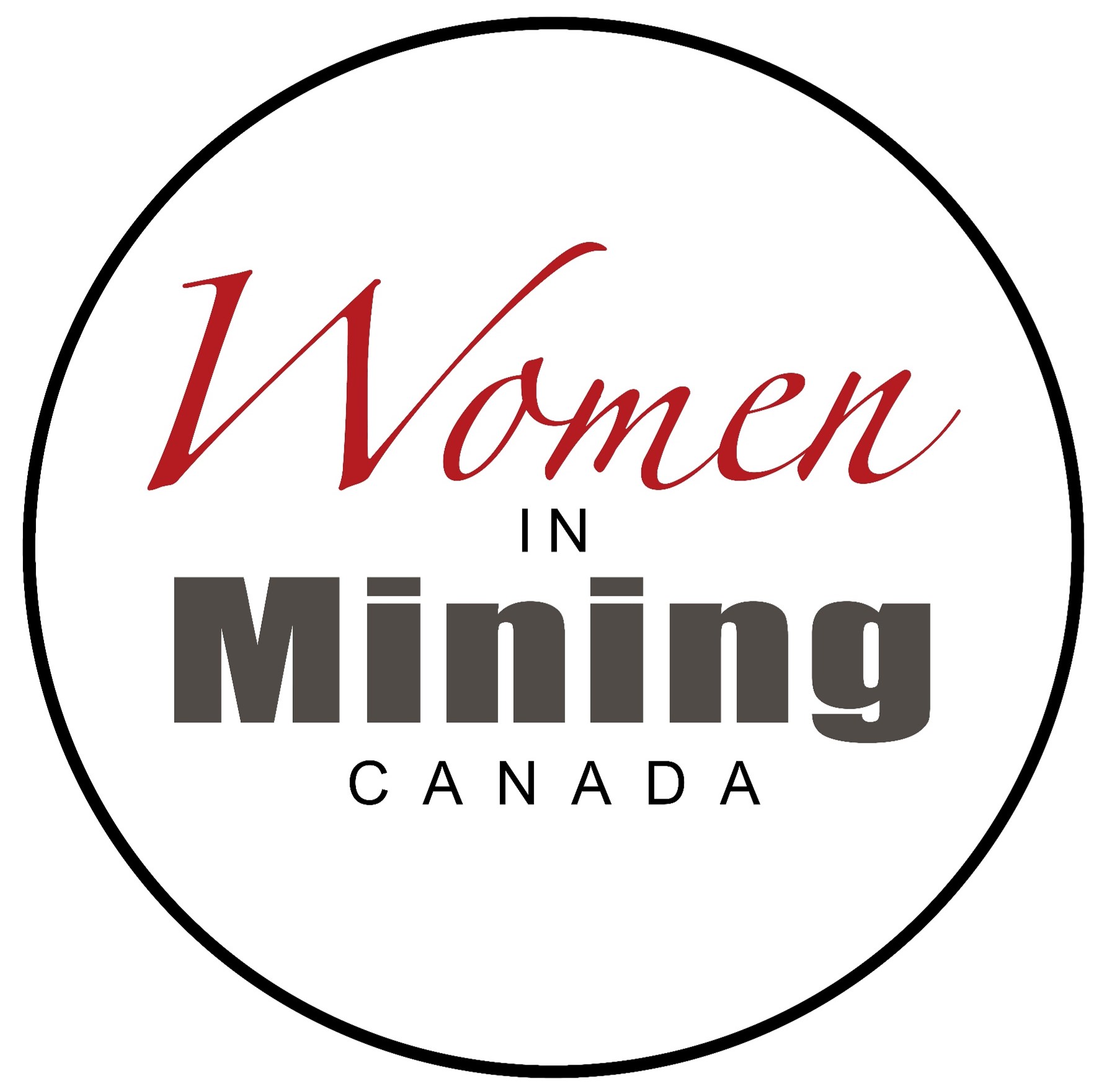11. Conclusion
1 Quiz
16. Endnotes
Endnotes
- Fink, L. (2021, January 26). Larry Fink’s letter to CEOs. Blackrock. https://www.blackrock.com/corporate/investor-relations/larry-fink-ceo-letter
- Government of Canada. (2021, May). Canadian Mineral Exploration Information Bulletin. nrcan.gc.ca
- Azevedo, M. et al. (2020). Lessons from the past: Informing the mining industry’s trajectory to the next normal. Metals & Mining Practice. McKinsey & Company. https://www.mckinsey.com/industries/metals-and-mining/ourinsights/lessons-from-the-past-informing-the-mining-industrys-trajectory-to-the-next-normal
- Thomas, J. (2020, September). Global Insights. When the future arrives early. Carlyle. https://www.carlyle.com/global-insights/when-the-future-arrives-early-thomas
- Buesser, G. (2019, August). For the Investor: Internally Generated Intangible Assets. Financial Accounting Standards Board. https://www.fasb.org/jsp/FASB/Page/SectionPage&cid=1176173166185
- Short, J.E. & Todd, S. (2017, March 3). What’s Your Data Worth? MIT Sloan Management Review. https://sloanreview.mit.edu/article/whats-your-data-worth/
- Wladawsky-Berger, I. (2021, Jan 18). Why intangible assets matter. MIT IDE. https://medium.com/mit-initiativeon-the-digital-economy/why-intangible-assets-matter-1a6c53488d30
- Combs, V. (2021, May 25). The Great Resignation of 2021: Are 30% of workers really going to quit? Digital Transformation. https://www.techrepublic.com/article/the-great-resignation-of-2021-are-30-of-workers-reallygoing-to-quit/
- Mining Industry Human Resource Council (2021). Canadian Mining Labour Market. 10 Year Outlook. https://mihr.ca
- Blader, S.L. et al. (2017, October). Organizational identification and workplace behavior: More than meets the eye. Research In Organizational Behavior. 37, pp. 19-34. DOI:10.1016/J.RIOB.2017.09.001 Corpus ID: 148973635
- MAC. (2020). Facts & Figures 2020. The State of Canada’s Mining Industry. https://mining.ca/documents/facts-figures-2020/
- Rosenblatt, Z. & Sheaffer, Z. (2001). Brain drain in declining organizations: toward a research agenda. Journal of Organizational Behavior. 22, pp. 40-424. https://onlinelibrary.wiley.com/doi/abs/10.1002/job.89
- Goldin, C. (2014). Human Capital. Department of Economics Harvard University & National Bureau of Economic Research. Handbook of Cliometrics. Springer-Verlag. https://scholar.harvard.edu/files/goldin/files/human_capital_handbook_of_cliometrics_0.pdf
- Saavedra, J. & Sengeh, D.M. (n.d.). Resilient Recovery Series: Reimaging post-pandemic education. World Bank Live. https://live.worldbank.org/resilient-recovery-series-covid19-education
- Dobbin, F. (2009). Inventing Equal Opportunity. Princeton University Press.
- Eisenburger, N.I. (2012). The pain of social disconnection. Examining underpinnings of physical and social pain. Nature Reviews Neuroscience. 13(6), pp. 421-434. https://www.nature.com/articles/nrn3231
- Atzil, S. et al. (2018). Growing a social brain. Nature Human Behaviour. 2, pp. 624-636. https://www.nature.com/articles/s41562-018-0384-6
- Bar, M. (2007). The Proactive Brain: Using analogies and associations to generate predictions. Trends In Cognitive Sciences. 11(7), pp. 280-289. https://doi.org/10.1016/j.tics.2007.05.005
- Hackett et al., (2020). Racial discrimination and health: a prospective study of ethnic minorities in the United Kingdom. BMC Public Heath. 20 p. 1-13.
- Feldman Barrett, L. (2017. How emotions are made. The secret life of the brain. Mariner Books. Houghton Mifflin Harcourt. pp.134-140.
- Ulrich, D. & Smallwood, N. (2010) The Why of Work. How great leaders build abundant organizations that win. New York. McGraw-Hill.
- John, K. (2000). Basic Needs, Conflict, and Dynamics in Groups. The Journal of Individual Psychology, 56(4) pp. 419-434.
- Eisenburger, N.I. & Cole, S.W. (2012). Social Neuroscience and Health: Neurophysiological mechanisms linking social ties with physical health. Natural Neuroscience. 15(5), pp. 669-674.
- Bergman, D. (1991) Deaths at Work. Accidents or Corporate Crime. London: The London Hazards Centre/Workers’ Educational Association. DOI: 10.1007/978-1-349-27641-7_4
- Bartel, A., & Thomas, L. (1987). Predation through Regulation: The Wage and Profit Effects of the Occupational Safety and Health Administration and the Environmental Protection Agency. The Journal of Law & Economics, 30(2), 239-264.
- Diversity Best Practices. (2019, September 29). Diversity Support. Harvard Business Review.
- John, K. (2020). Adlerian Theory and Practice Wisdom Promote Democratic Leadership and Organizational Health. The Journal of Individual Psychology. 76(1), 84-98.
- Adler, A. (1910/1956). The science of living. In H.L. Ansabacher & R.R. Ansabacher (Eds.) The Individual Psychology of Alfred Adler. New York, NY: Basic Books. (Original work published 1929).
- Bennis, W. (1999). The end of leadership: Exemplary leadership is impossible without full inclusion, initiatives and co-operation of followers. Organizational Dynamics, 28(10), 71-80.
- Adler, A. (2011). Social Interest: A Challenge to mankind. New York, NY: Putnam. (Original work published 1938).
- Dobbin, F. & Kalev, A. (2018). Why Doesn’t Diversity Training Work? Anthropology Now. 10, pp. 48-55. https://doi.org/10.1080/19428200.2018.1493182
- John, K. (2011, April). Belonging & Significance. ASIIP Conference, Bath. pp. 1-9.
- Nixon, B. (1994). Facilitating empowerment in organizations. Leadership & Organization Development Journal, 15, pp. 3-11.
- Lorde, A. (1984). The Master’s Tools Will Never Dismantle the Master’s House. Sister Outsider: Essays and Speeches. Crossing Press.
- Angelou, M. (n.d.) Quote
- Diangelo, R. (2018). White Fragility. Why its so hard for white people to talk about racism. Beacon Press.
- Feldman Barrett, L. (2017). How emotions are made. The secret life of the brain. Mariner Books. Houghton Mifflin Harcourt. pp. 84-108.
- Harrow, B. (2000). The Cycle of Socialization. Readings for Diversity and Social Justice. Routledge.
- Feldman Barrett, L. (2017). How emotions are made. The secret life of the brain. Mariner Books. Houghton Mifflin Harcourt. pp. 110-111.
- Witters, D. & Agrawal, S. (2020). Well-Being Enhances benefits of Employee Engagement. Gallup. https://www.gallup.com/workplace/236483/enhances-benefits-employee-engagement.aspx
- Crenshaw, K. (2017). Kimberlé Crenshaw on Intersectionality, More than Two Decades Later. Columbia Law School.
- Goodman, D. (2015) What’s A Nice White Girl To Do In An Unjust World Like This? Guideposts on my social justice journey. Everyday White People Confront Racial and Social Injustice: 15 Stories, E. Moore, M. Parks & A. Michael (Eds.). Stylus Publishing.
- Elkjaer, B. (2004). Organizational learning the ‘third way’. Leadership Learning. 35(4), 419-434.
- Fenwick, T. and Nerland, M. (2014). Rethinking the ‘thing’: sociometrical approaches to understanding and researching learning in work. Journal of Workplace Learning. 22(), pp. 104-116.
- Hoffman, W.D., et al. (2012). What people desire, feel conflicted about, and try to resist in everyday life. Psychological Science. 23(6), pp. 582-588.
- Baumeister, R.F., et al. (2007). Thwarting the need to belong: Understanding the interpersonal and inner effects of social exclusion. Social and Personality Psychology Compass. 1, 506-520.
- Hagarty, B.M.K., et al. (1992). Sense of belonging: a vital mental health concept. Archives of Psychiatric Nursing. 6(3), pp. 172-177. ILL:1197232071
- Ramirez, T. & Blay, Z. (2017, April 7). Why People Are Using the Term ‘Latinx’. The Huffington Post.
